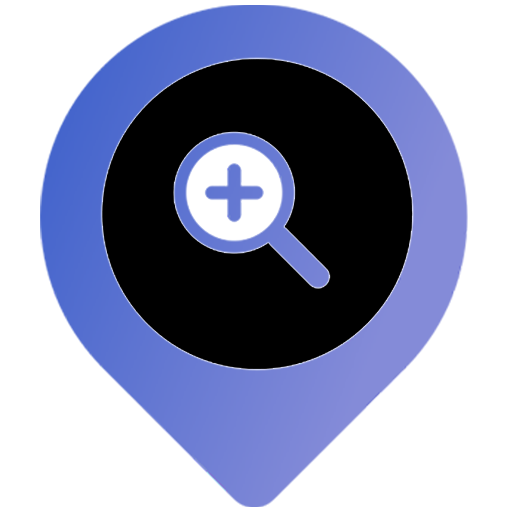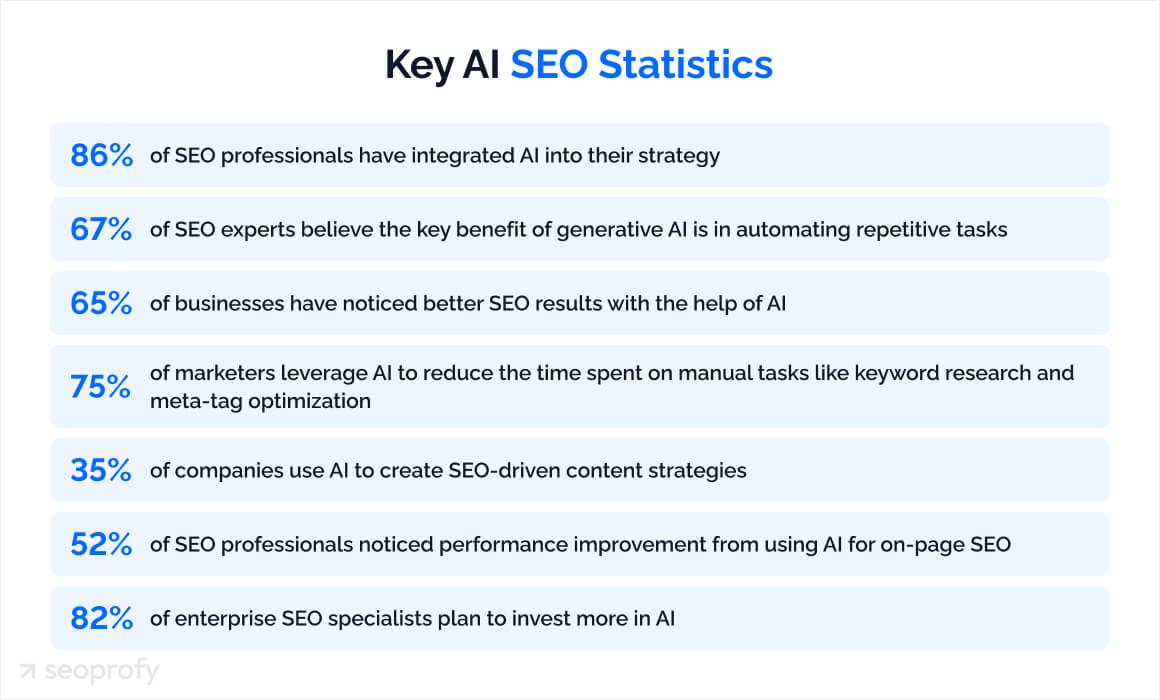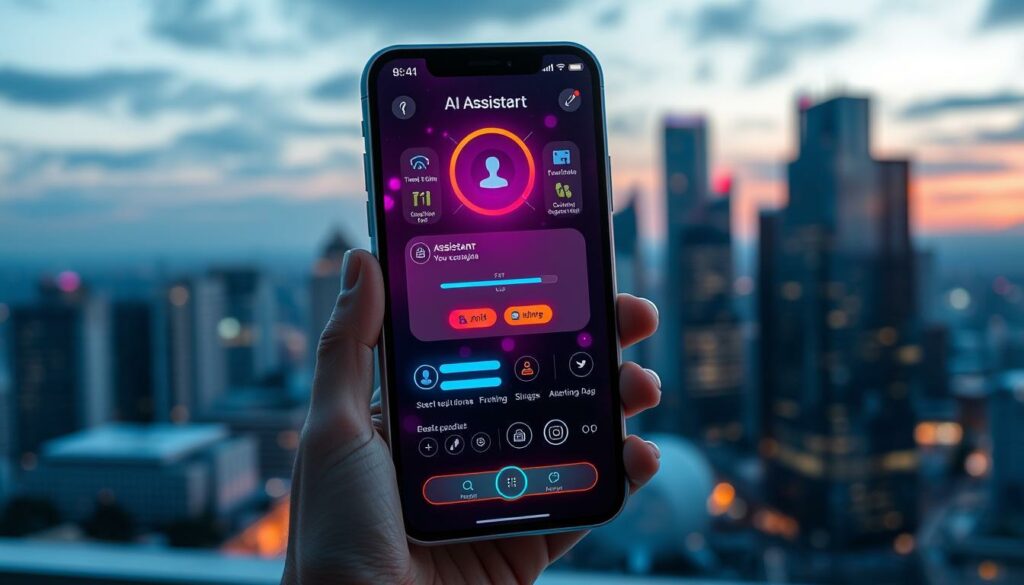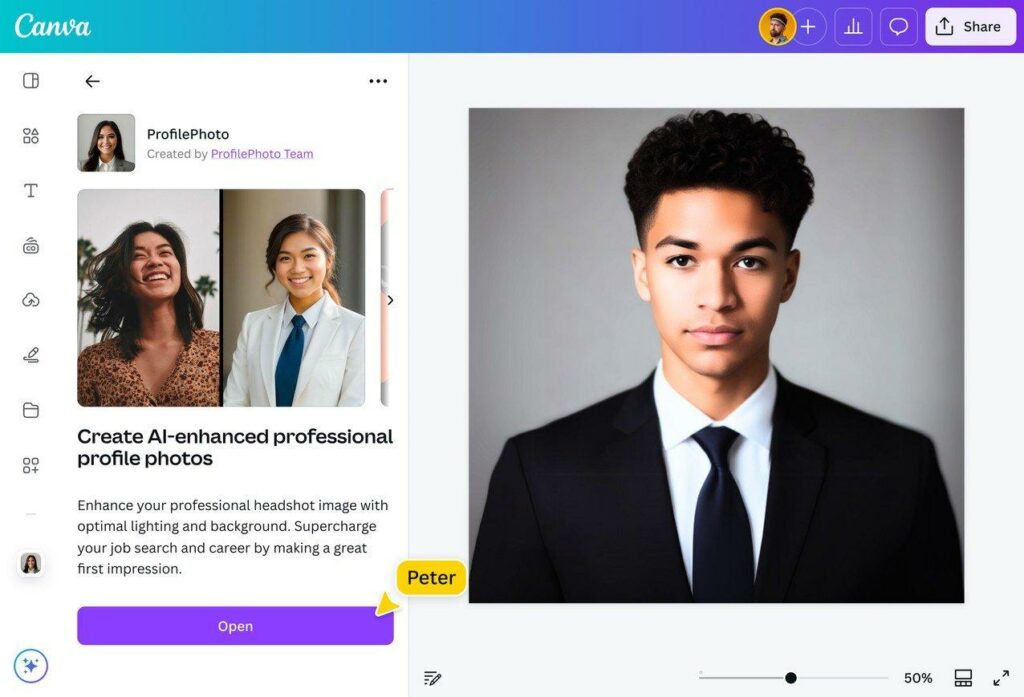In the vast digital landscape of websites and content, not every page hits the mark. Some quietly underperform, slipping through cracks in analytics or getting lost in the shuffle of endless data. But what if artificial intelligence could act as a vigilant scout, uncovering these hidden bottlenecks with precision and speed? Harnessing AI to identify low-performing pages is no longer a futuristic concept-it’s a practical strategy reshaping how businesses optimize their online presence. In this article, we explore how AI-driven tools and techniques can shine a light on underwhelming web pages, empowering you to target improvements and elevate your site’s overall impact.
Table of Contents
- How AI Uncovers Hidden Patterns in Page Performance
- Techniques for Leveraging Machine Learning to Spot Underperforming Content
- Actionable Strategies to Optimize Pages Based on AI-Driven Insights
- Q&A
- In Summary
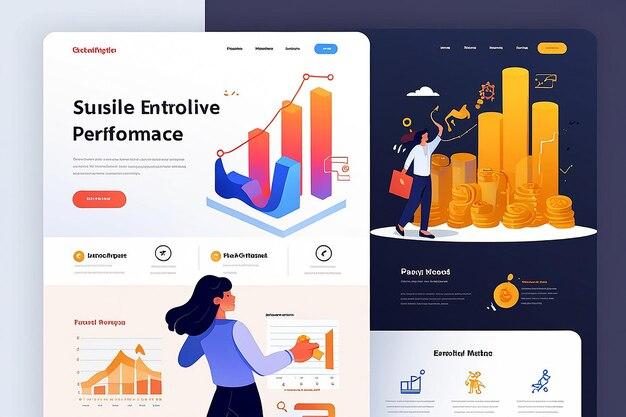
How AI Uncovers Hidden Patterns in Page Performance
AI leverages advanced algorithms to dig beneath surface metrics, revealing nuanced correlations and trends that are often overlooked. By analyzing user behavior, page load times, and engagement patterns simultaneously, it identifies subtle factors impacting performance. Here’s what makes AI-driven analysis unique:
- Multidimensional analysis: Integrates data from diverse sources to provide a holistic view.
- Predictive insights: Anticipates future issues by recognizing emerging patterns early.
- Automated anomaly detection: Flags sudden drops or spikes without manual monitoring.
- User segmentation: Differentiates performance across audience groups for targeted improvements.
| Pattern Type | Impact on Performance | AI Advantage |
|---|---|---|
| Session Duration | Indicates engagement level | Identifies drop-offs and engagement bottlenecks |
| Page Load Speed | Affects bounce rates | Correlates load times with traffic fluctuations |
| Content Interactions | Reveals content effectiveness | Highlights which elements keep visitors engaged |
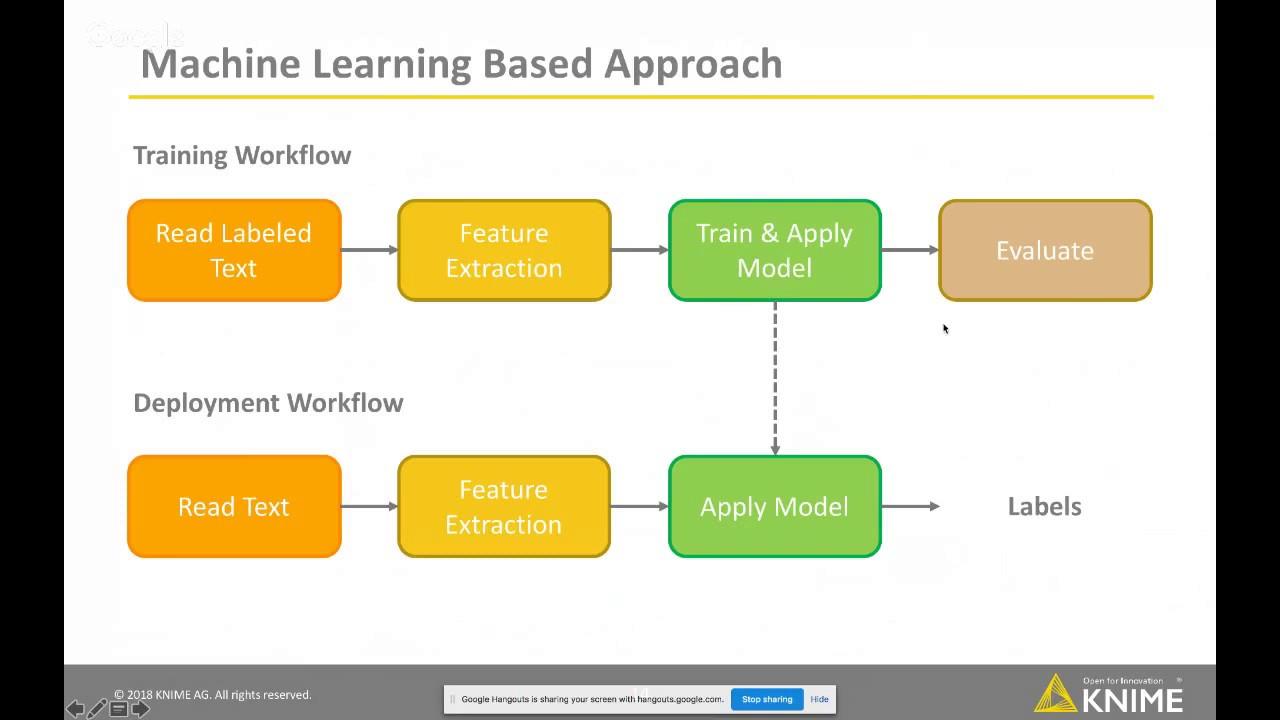
Techniques for Leveraging Machine Learning to Spot Underperforming Content
To maximize the power of machine learning in identifying underperforming pages, start by implementing predictive analytics models that analyze user engagement metrics such as bounce rates, time-on-page, and conversion rates. These models can forecast which content is likely to lag based on historical trends. Incorporate natural language processing (NLP) techniques to evaluate the quality and relevance of text by detecting jargon, sentiment, and readability scores; this helps pinpoint content that may not resonate with your audience. Additionally, leverage clustering algorithms to group pages with similar performance issues, enabling strategic bulk improvements. Consider the following tactics:
- Automated anomaly detection: Flag sudden drops in user engagement before they become widespread.
- User behavior pattern recognition: Identify where visitors typically exit or lose interest.
- Content freshness analysis: Detect outdated information that may contribute to poor performance.
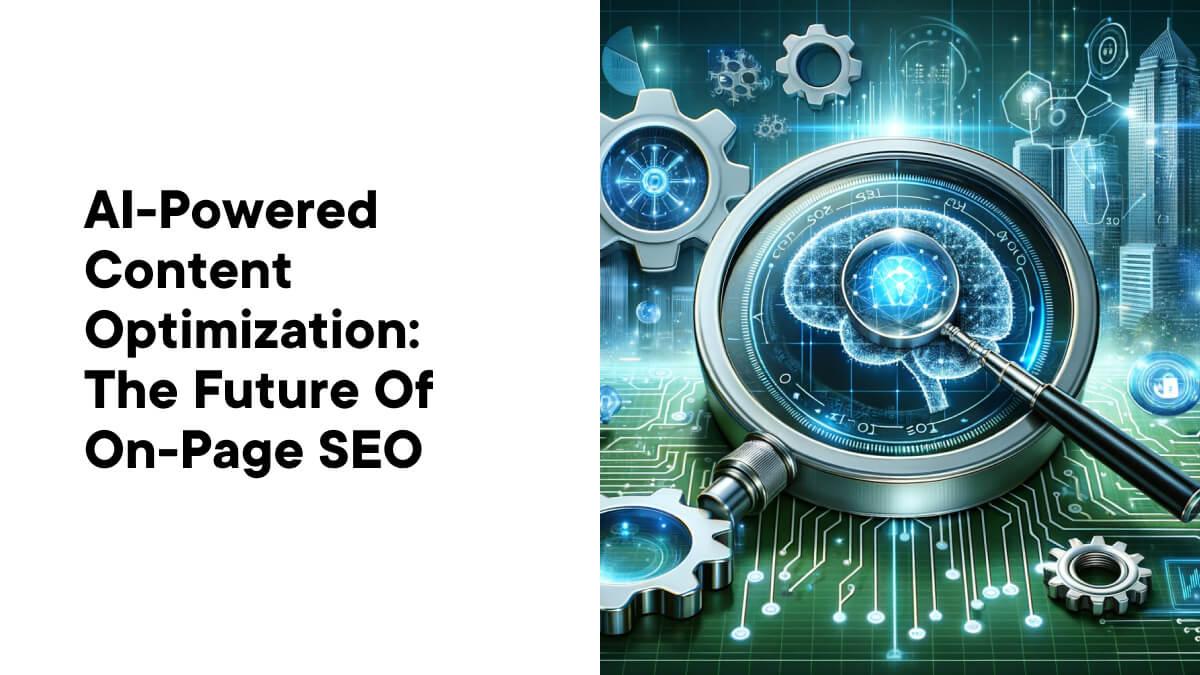
Actionable Strategies to Optimize Pages Based on AI-Driven Insights
Harness the power of AI insights to transform underperforming pages into high-converting assets by implementing targeted tweaks. Start by analyzing user engagement metrics, then prioritize updates based on real-time data interpretations. Consider these effective tactics:
- Content Refinement: Use AI to identify keywords with low impact and replace or enrich them with trending, relevant terms.
- UX Enhancements: Leverage heatmaps generated by AI tools to rearrange page elements so visitors naturally gravitate toward call-to-actions.
- Load Speed Optimization: Detect slow loading areas and compress images or streamline code, minimizing bounce rates.
- Personalization: Utilize AI-driven user segmentation to tailor content, offers, or layouts dynamically for different visitor profiles.
| Strategy | AI-Driven Insight | Expected Outcome |
|---|---|---|
| Keyword Optimization | Low CTR on targeted keywords | Increased organic traffic |
| UX Redesign | Heatmap shows low interaction areas | Higher engagement rates |
| Speed Enhancement | Page load times exceed 3 seconds | Reduced bounce rate |
| Content Personalization | Segmented visitor behavior profiles | Improved conversion rates |
Q&A
Q: What does it mean to identify low-performing pages with AI?
A: Identifying low-performing pages with AI means using artificial intelligence tools and algorithms to analyze website data-such as traffic, engagement, and SEO metrics-in order to pinpoint which pages are underachieving or not meeting business goals.
Q: Why should I consider using AI for this task instead of manual analysis?
A: AI can process large datasets at incredible speeds, uncover hidden patterns, and provide objective insights without human bias. This enhances accuracy, saves time, and helps prioritize efforts for website optimization more effectively than manual methods.
Q: What kind of AI technologies are typically used to identify low-performing pages?
A: Machine learning models, natural language processing (NLP), and predictive analytics are common. These technologies analyze user behavior, content quality, bounce rates, and keyword rankings to assess which pages need improvement.
Q: How does AI evaluate the performance of a webpage?
A: AI examines multiple performance indicators simultaneously-such as page load speed, user engagement metrics (time on page, bounce rate), conversion rates, and keyword performance-to rate a page’s effectiveness within the broader site context.
Q: Can AI help diagnose why a page is underperforming?
A: Yes. By analyzing content quality, keyword relevance, technical SEO issues, and user interaction data, AI can highlight specific problems-like unengaging copy, slow loading times, or poor mobile responsiveness-that may be causing low performance.
Q: How can I implement AI-driven page analysis on my website?
A: Starting with tools like Google Analytics enhanced with AI features, content optimization platforms, or custom machine learning models can help. Many SaaS products offer AI-powered insights that integrate easily with existing web analytics systems.
Q: Is AI analysis a one-time fix or an ongoing process?
A: It’s best approached as an ongoing process. Website performance fluctuates due to changing user behavior, SEO trends, and content updates, so continuous AI monitoring helps keep pages optimized and aligned with evolving goals.
Q: Are there any limitations I should be aware of when relying on AI?
A: AI is a powerful assistant but not a magic wand. It requires quality input data and human interpretation for effective decision-making. Additionally, AI might miss nuances like brand voice or creative intent, which still need human insight.
Q: How does identifying low-performing pages benefit my overall digital strategy?
A: By targeting underperforming pages, you can improve user experience, increase conversions, boost SEO rankings, and allocate resources more efficiently-resulting in a stronger, more effective website that drives business growth.
Q: What’s the first step to get started with AI for identifying low-performing pages?
A: Begin by gathering comprehensive website data and exploring AI-powered analytics tools tailored to your needs. Experiment, learn from the insights AI delivers, and integrate those learnings into your regular website management routine.
In Summary
In the ever-evolving digital landscape, harnessing AI to pinpoint low-performing pages is no longer a futuristic concept-it’s a practical strategy waiting to be embraced. By leveraging intelligent algorithms and data-driven insights, you can transform underperforming corners of your website into vibrant hubs of engagement and conversion. As you integrate these tools into your workflow, remember that AI is not just a solution but a partner, guiding you toward smarter decisions and continuous improvement. Embrace the technology, stay curious, and watch your digital presence thrive like never before.
